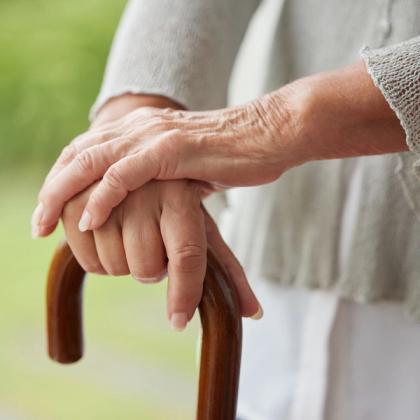Ep 144 – Osteoporosis: key learnings from the NOGG 2024 clinical guideline

00:00
00:00
Posted 20 Feb 2025
The National Osteoporosis Guideline Group (NOGG) clinical guideline for osteoporosis was updated in December 2024. In this episode, Dr Hannah Rosa shares 10 things she learnt from the updated guideline about how to prevent and treat osteoporosis.
Key take-home points
- In adults, approximately one in two women and one in five men will sustain one or more fragility fractures in their lifetime, and this number is set to increase as the population in the UK ages.
- There are over 50 clinical risk factors for osteoporosis and fragility fractures, many of which are not accommodated in the Fracture Risk Assessment Tool (FRAX), but should trigger a fracture risk assessment.
- The NOGG guideline applies to postmenopausal women and to men aged 50 years or older.
- Osteoporosis is uncommon in premenopausal women and men younger than 50 years, and therefore when this occurs specialist referral is usually required.
- NOGG advises use of the FRAX model for a patient’s country of birth, if it exists. This is because individuals retain the risk characteristics of the place where they were born.
- Bone loss and increased fracture risk occur early after initiation of oral glucocorticoids. NOGG advises that medium doses, for example, prednisolone 2.5–7.5 mg/day for 3 months, are the assumed requirement by FRAX. Adjustments need to be made to the final calculation if a patient is taking lower or higher doses.
- NOGG advises that men and women with high and very high fracture risk should have a dual-energy X-ray absorptiometry (DEXA) scan if a baseline measurement is needed against which to compare future bone mineral density measurements.
- HRT is now recommended as a first-line treatment option in younger postmenopausal women, aged 60 years or less, with high fracture risk and a low baseline risk for adverse malignant and thromboembolic events.
- Most vertebral fractures do not currently come to medical attention and thus remain undiagnosed. Moderate or severe vertebral fractures, even when asymptomatic, are strong risk factors for subsequent fractures at the spine and other skeletal sites. A vertebral fracture assessment should therefore be considered in high-risk individuals, using either a lateral lumbar and thoracic X-ray or by requesting a lateral spine DEXA scan.
Key references
Create an account to add page annotations
Annotations allow you to add information to this page that would be handy to have on hand during a consultation. E.g. a website or number. This information will always show when you visit this page.